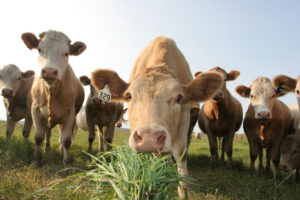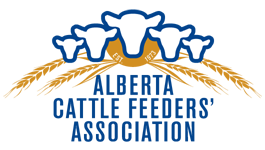The beef industry and sustainability: how are we doing and where could we improve?
In previous posts on the blog we’ve talked about the contribution the beef industry makes to Canada’s economy; about beef exports, young people in agriculture and more. These are all subjects that matter to Canadians.
The central issue of all these topics is ‘sustainability’ – our ability to operate profitably and for the long-term, without being harmful to people or the environment. That poses some big questions for us as an industry. How are we performing when it comes to our industry members, our animals, our environment and our consumers?
That’s why, in 2014, the Canadian Roundtable for Sustainable Beef (CRSB) commissioned the National Beef Sustainability Assessment (NBSA) and Strategy. The two-year study assessed the environmental, social and economic performance of the Canadian beef industry, right from ‘farm to fork’, and identified areas where we could improve.
According to Cherie Copithorne-Barnes, chair of the CRSB, “we have created a sustainability benchmark to enable us to start measuring, and to be able to tangibly see, what we’re doing well and where we need to improve. We now have a national report that’s been measured coast to coast and encompasses all the components to the sustainment of the entire beef industry.”
The most inclusive model of its kind
“We created completely new models, for instance for biodiversity and carbon sequestration,” said Cherie. “It is the first, and most inclusive of its kind worldwide, and is now an internationally recognized model.”
A summary of the methodologies and results can be found in the newly released assessment and strategy report (PDF). In this post we’re going to take a look at some of the areas where room for improvement has been identified, and where goals have been set.
Environmental assessment
 From ranching right through to feeding or processing, our industry uses water, land and feed; our operations consume resources and release substances into the air and water. Cattle also release methane into the air as food ferments in their rumen, or stomach.
From ranching right through to feeding or processing, our industry uses water, land and feed; our operations consume resources and release substances into the air and water. Cattle also release methane into the air as food ferments in their rumen, or stomach.
On the other hand, the beef industry also provides many benefits, such as sequestering carbon in the soil in the form of manure, providing natural habitat for biodiversity and maintaining wetlands on the landscape.
The study examined the environmental performance of the Canadian beef industry in the following areas:
- Climate change
- Fossil fuel depletion
- Air
- Land use
- Biodiversity
- Water
- Meat waste
Some of the main goals for our industry identified by the study are:
- Reduce the greenhouse gas footprint for every kilogram of Canadian beef produced. Some of the ways this is being done are through optimized diets, manure management, increased carbon sequestration and genetics.
- Enhance biodiversity on lands managed by beef producers. A need was identified for greater awareness of, and research into, the relationship between beef production, habitats and biodiversity.
- Reduce the effects that the beef industry has on rivers and watersheds. Beef producers continue to encourage the completion of the National Wetland Inventory, and support knowledge and innovation in areas such as water use efficiencies, and the health of our rivers and waterways.
- Reduce meat waste. Efficiencies at the processing stage, and improved packaging were both identified as areas where improvements could potentially be made.
Social assessment
 The social part of the study covered three main areas:
The social part of the study covered three main areas:
- Working conditions
- Animal health
- Antimicrobials
The following goals were recommended:
- Continue to promote farm safety, as well as a culture of diversity, inclusion and transparency.
- Promote excellence in animal care, through the beef code of practice, including in such practices as transportation, pain control and branding.
- Support and further develop best practices regarding antimicrobial use. This includes proper use in order to avoid resistances, as well as public education on the importance of responsible use of microbials for healthy animals.
Economic assessment
Producer viability and consumer resilience were the main areas of focus for the economic portion of the study. The two main goals that came from this were:
- Increase the financial viability of beef producers in Canada with knowledge, efficiency and innovation.
- Increase demand for beef within Canada by more effectively communicating the sustainability performance of the industry.
Moving forward
Cherie explained that the assessment will be an ongoing process, with updated surveys so that progress can be monitored.
This is a living document. It’s just a snapshot, and it will change for the next go round
“When you take a look at all the components of producing a pound of beef,” Cherie continued, “it’s given us the ability to really focus on the individual stages and see exactly how we can improve. It gives operators goals to focus on that are specific to their own part of the beef chain.”
If you would like more detail on the results of the assessment, the goals or the action items that will help us to achieve those goals, check out the National Beef Sustainability Assessment and Strategy Summary Report (PDF).

